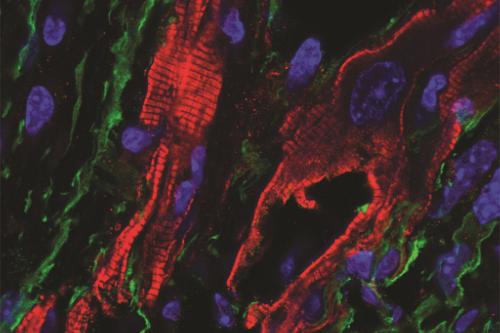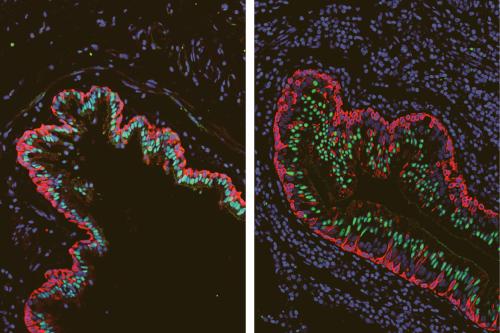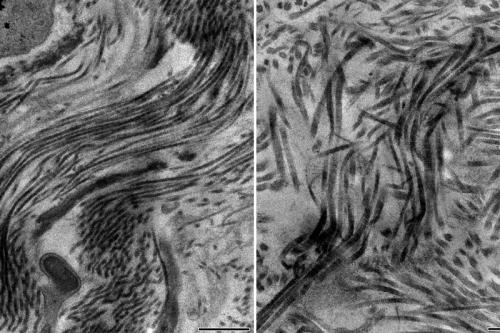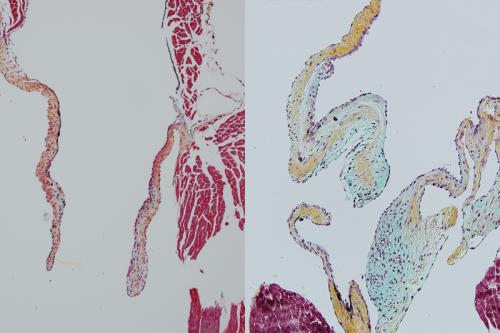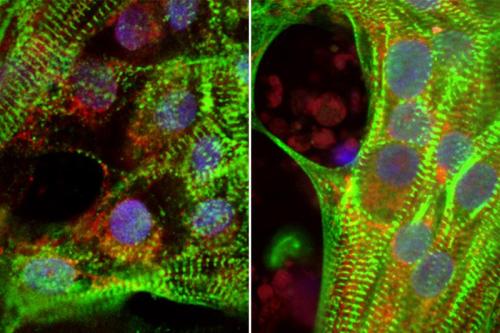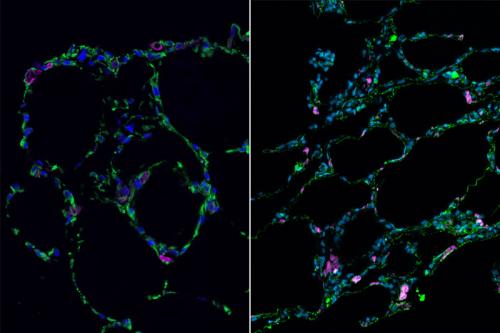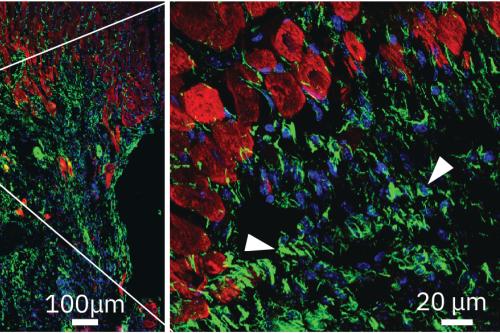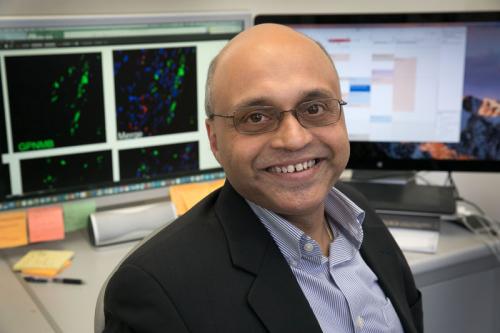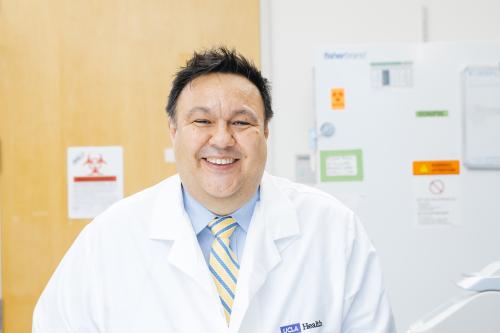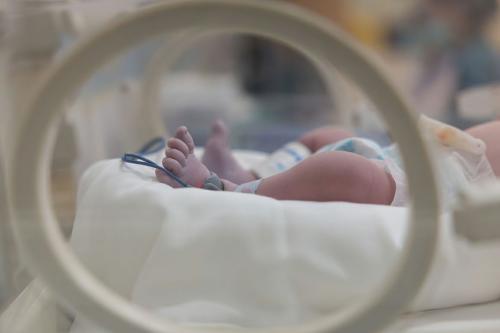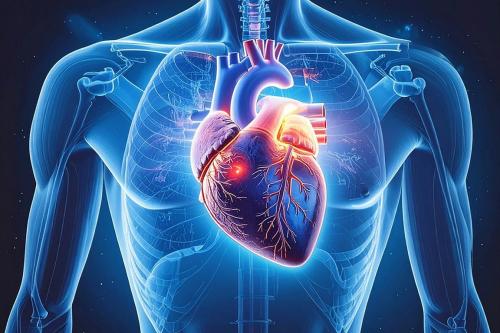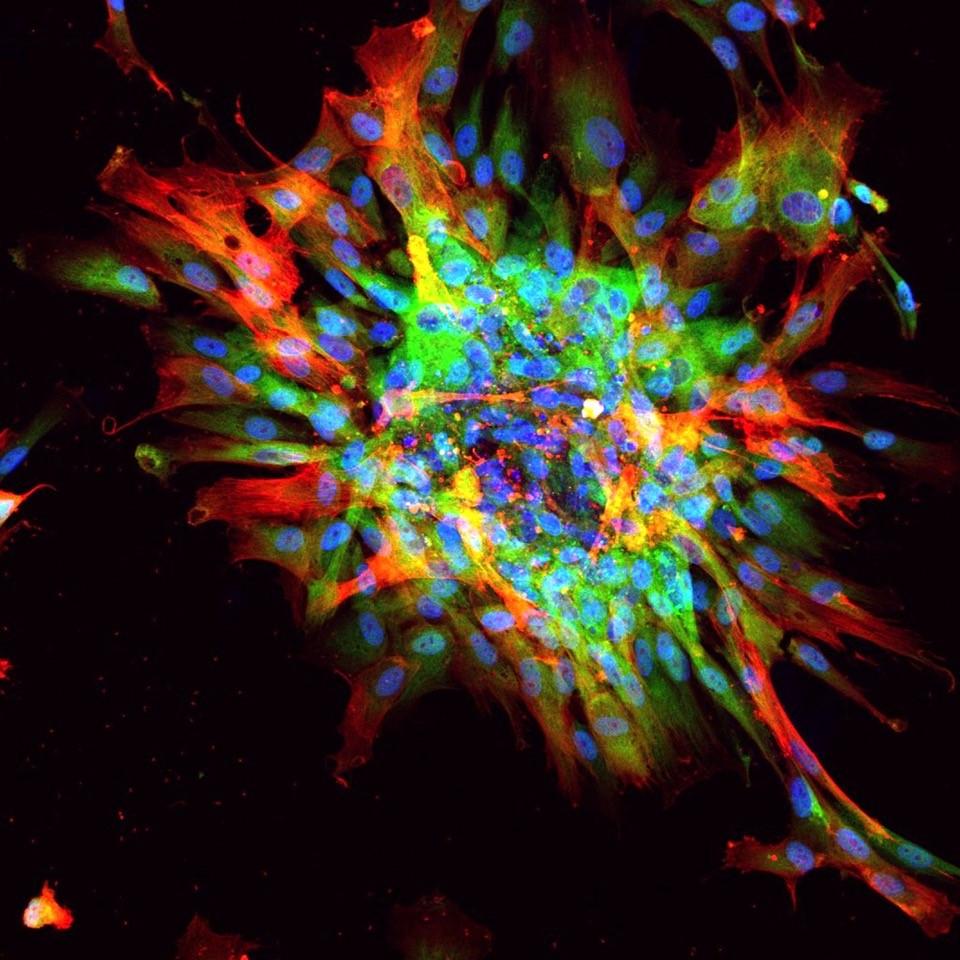
Heart & Lung Diseases
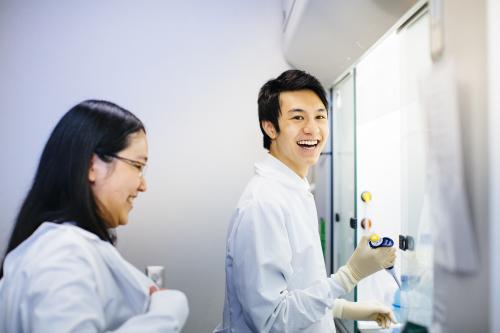
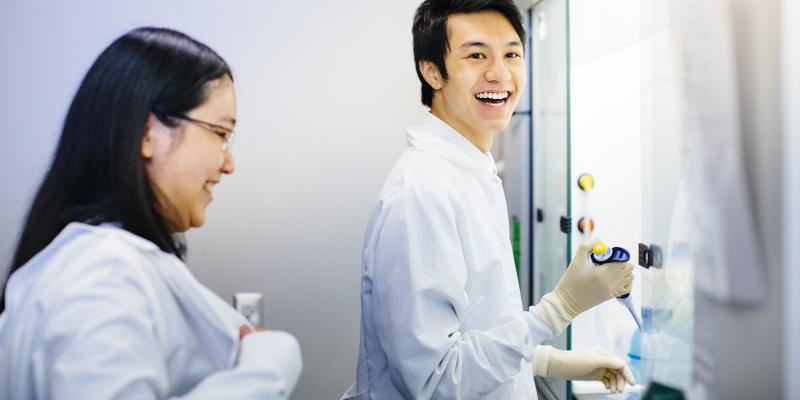
Overview
Our researchers leverage stem cells Cells that have the ability to differentiate into multiple types of cells and make an unlimited number of copies of themselves. stem cells Cells that have the ability to differentiate into multiple types of cells and make an unlimited number of copies of themselves. to uncover the cellular and genetic mechanisms underpinning heart and lung development, disease and repair. The foundational knowledge that these studies yield is informing the development of innovative therapeutic strategies for a host of diseases including heart failure, lung cancer and cystic fibrosis Excessive scarring within an organ due to disrupted healing. It can lead to organ dysfunction and is associated with conditions like chronic kidney disease, liver cirrhosis and heart failure. fibrosis Excessive scarring within an organ due to disrupted healing. It can lead to organ dysfunction and is associated with conditions like chronic kidney disease, liver cirrhosis and heart failure..
Center scientists are applying new insights into the genetic, metabolic and immunological intricacies of healthy heart formation to devise strategies to prevent congenital heart disease and treat heart valve conditions. Specifically addressing the limited regenerative capacity of the heart post-heart attack, they're pursuing methods to limit scar tissue growth and drive regeneration and repair in this critical organ.
In the field of respiratory health, center researchers employ stem cell-derived 3D human lung organoids to model complex lung diseases, lung cancer, breathing problems and infections. These organoids have also transformed the way scientists study the effects of genetic mutations and drugs on the lungs, bolstering their efforts to develop novel gene therapies and immunotherapies.
Our Goals
- Engineer new drug and stem cell-based therapies that enhance tissue repair, reverse tissue damage and extend the lives of patients after heart attacks
- Enhance the efficacy of treatments for advanced-stage lung cancer by combining immunotherapy A type of treatment that uses the body's own immune system to fight cancer, infections and other diseases. This approach has revolutionized cancer care and is also being applied in experimental treatments for HIV, lupus and other conditions. immunotherapy A type of treatment that uses the body's own immune system to fight cancer, infections and other diseases. This approach has revolutionized cancer care and is also being applied in experimental treatments for HIV, lupus and other conditions. drugs with direct injections of genetically modified, patient-specific Refers to a therapeutic product that is specifically formulated for or customized to a particular patient. In patient-specific cell therapies, a patient's cells are either genetically engineered, expanded or reprogrammed and differentiated to produce cells that same patient needs for treatment. patient-specific Refers to a therapeutic product that is specifically formulated for or customized to a particular patient. In patient-specific cell therapies, a patient's cells are either genetically engineered, expanded or reprogrammed and differentiated to produce cells that same patient needs for treatment. immune cells into tumors
- Develop a gene therapy A technique that uses a gene or gene(s) to prevent, treat or cure a disease or disorder. Most gene therapies work by adding a healthy version of a gene to replace one that is defective or missing into the genome of particular cells. Some of these therapies use viral vectors to deliver genes into target cells. gene therapy A technique that uses a gene or gene(s) to prevent, treat or cure a disease or disorder. Most gene therapies work by adding a healthy version of a gene to replace one that is defective or missing into the genome of particular cells. Some of these therapies use viral vectors to deliver genes into target cells. for cystic fibrosis Excessive scarring within an organ due to disrupted healing. It can lead to organ dysfunction and is associated with conditions like chronic kidney disease, liver cirrhosis and heart failure. fibrosis Excessive scarring within an organ due to disrupted healing. It can lead to organ dysfunction and is associated with conditions like chronic kidney disease, liver cirrhosis and heart failure. that uses nanotechnology to reach disease-affected airway stem cells Cells that have the ability to differentiate into multiple types of cells and make an unlimited number of copies of themselves. stem cells Cells that have the ability to differentiate into multiple types of cells and make an unlimited number of copies of themselves. without injuring the lungs
- Investigate how healthy heart valves form and develop new, less-invasive treatments for heart valve disorders caused by congenital defects, aging or disease
- Devise new lung cancer treatment and prevention strategies by studying how airway basal stem cells balance lung tissue repair and maintenance
- Use stem cell-derived 3D lung organoid 3D tissue grown from stem cells to replicate aspects of the structure and function of an organ. By modeling how multiple types of cells interact in biologically-relevant structures, these models help researchers understand how human organs develop, age and respond to disease in more detail than 2D cultures. organoid 3D tissue grown from stem cells to replicate aspects of the structure and function of an organ. By modeling how multiple types of cells interact in biologically-relevant structures, these models help researchers understand how human organs develop, age and respond to disease in more detail than 2D cultures. models to study complex lung diseases such as idiopathic pulmonary fibrosis and identify new therapies
- Investigate how high blood sugar levels in diabetic pregnancy cause congenital heart disease and develop targeted treatments to help mothers with diabetes deliver healthy babies
- Examine how tobacco smoke and other environmental exposures A wide range of external and internal factors that impact human health. External exposures include chemical pollutants, radiation, diet and social interactions. Internal exposures involve stress, metabolism and the microbiome. Researchers study the exposome, which encompasses all exposures throughout life, to understand disease risk. environmental exposures A wide range of external and internal factors that impact human health. External exposures include chemical pollutants, radiation, diet and social interactions. Internal exposures involve stress, metabolism and the microbiome. Researchers study the exposome, which encompasses all exposures throughout life, to understand disease risk. injure airway stem cells, which can lead to lung cancer, breathing problems or increased severity of infections like COVID-19
- Investigate the role non-coding RNAs play in neonatal heart formation and the development of congenital heart defects
Research Highlights
The origins of heart arrhythmias
Center researchers find that fibroblasts that reside in scar tissue of an injured heart play a direct role in life-threatening arrhythmias.
Cataloging airway cell types in cystic fibrosis
Center researchers develop a first-of-its-kind molecular catalog of cells in the lungs of people with cystic fibrosis, illustrating how the disease changes the cellular makeup of the airways.
Why some hearts scar more than others
UCLA scientists identify a protein that plays a critical role in regulating the amount of scar tissue in the heart, explaining why some people suffer more extensive scarring than others after a heart attack.
A key player in heart valve formation
Center researchers identify the origin of an immune cell that is essential to the formation of healthy heart valves, paving the way for treatments for heart valve disorders caused by congenital defects, aging or disease.
How diabetes in pregnancy affects baby’s heart
UCLA scientists find that high glucose levels prevent heart cells from maturing normally, explaining why babies born to women with diabetes are more likely to develop congenital heart disease.
Growing mini 3-D lung-in-a-dish
Our researchers create stem cell-derived 3D lung organoids that can be used to study and identify treatments for complex diseases such as idiopathic pulmonary fibrosis.
Helping the heart heal
UCLA researchers engineer an experimental, single-dose drug that reduces scar tissue formation and improves cardiac function after heart attacks, preventing heart failure in mice.
